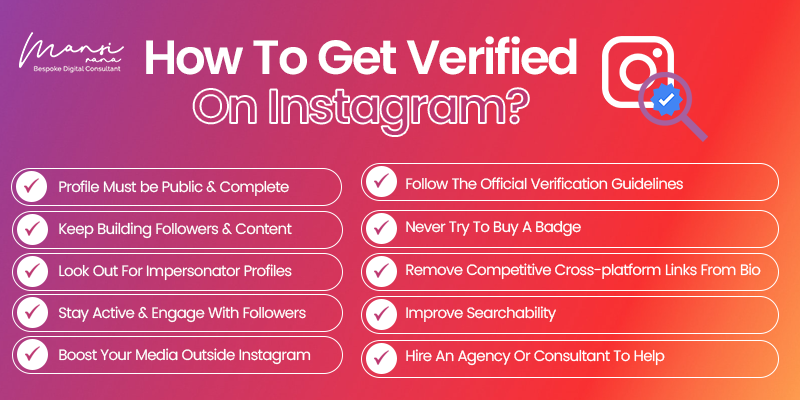 Getting verified on Facebook, with the coveted blue verification badge, is an important step for businesses, public figures, and influencers looking to build their credibility and authority on the platform. Here's a step-by-step guide on how to get verified and why it's crucial for your online presence: Slot gacor maxwin
Getting verified on Facebook, with the coveted blue verification badge, is an important step for businesses, public figures, and influencers looking to build their credibility and authority on the platform. Here's a step-by-step guide on how to get verified and why it's crucial for your online presence: Slot gacor maxwin1. Understand What the Verification Badge Means
The blue verification badge on Facebook signifies that the platform has confirmed the authenticity of your account. This badge is typically granted to well-known public figures, brands, and businesses to help users distinguish between real accounts and impersonators.
2. Ensure Your Account Meets the Basic Criteria
Before applying for verification, make sure your Facebook account meets the following criteria:
Authentic: Your account must represent a real person, business, or entity.
Unique: Facebook grants verification only to unique accounts (e.g., one account per person or business, unless it's a well-known global brand).
Complete: Your profile should be complete with a bio, profile picture, cover photo, and at least one post. You should also have a link to a website if applicable.
Active: Your account should be active, meaning it's regularly used and engaging with followers.
Notable: Your account should represent a public figure, celebrity, or brand that’s widely recognized.
3. How to Apply for Verification on Facebook
Follow these steps to apply for a blue verification badge:
Go to Settings: Log into your Facebook account, and from the dropdown menu on the top right, select “Settings & Privacy,” then “Settings.”
Access Verification Request: In the settings menu, navigate to “Account Verification” and click on “Verify Your Account.”
Fill Out the Verification Form: You will need to fill out a form providing essential information about yourself or your business. Be prepared to submit a scan of your government-issued ID (for individuals) or a utility bill, tax filing, or articles of incorporation (for businesses).
Submit Your Request: Once you've filled out the form and uploaded your documents, click "Send" to submit your request for verification.
Wait for Facebook’s Decision: Facebook typically takes a few days to review your request, but it could take longer. You’ll receive an email or notification informing you of the decision.
4. Why Getting Verified on Facebook is Important
Credibility and Trust: The blue checkmark helps users distinguish between official accounts and potential impostors. Being verified makes your account look more trustworthy, especially if you’re a business or public figure.
Increased Visibility: Verified accounts are more likely to appear in search results and get priority in Facebook’s algorithms. This can lead to greater exposure and engagement with your audience.
Better Communication with Users: Verification provides users with a way to know they’re interacting with the legitimate account, which fosters confidence when they reach out with questions or concerns.
Protection Against Impersonation: Once verified, it’s harder for others to create fake accounts posing as you or your business. This protection is particularly crucial for businesses with an online presence.
Improved Opportunities: Being verified can open up additional features on Facebook, such as the ability to apply for special access to tools for businesses and public figures or participate in promotional opportunities that require verification.
5. What to Do if Your Request Is Denied
If your verification request is denied, you can reapply after 30 days. In the meantime, focus on building your presence, increasing your followers, and ensuring your account meets Facebook’s criteria. Keep engaging with your audience and building your brand’s visibility to increase your chances of success when you apply again.
Final Thoughts
Verification on Facebook is not just a status symbol; it offers increased credibility, protection, and visibility. By following the application process carefully and ensuring your account meets the necessary criteria, you can improve your chances of being granted the blue verification badge, which will ultimately benefit your brand or personal profile on Facebook.